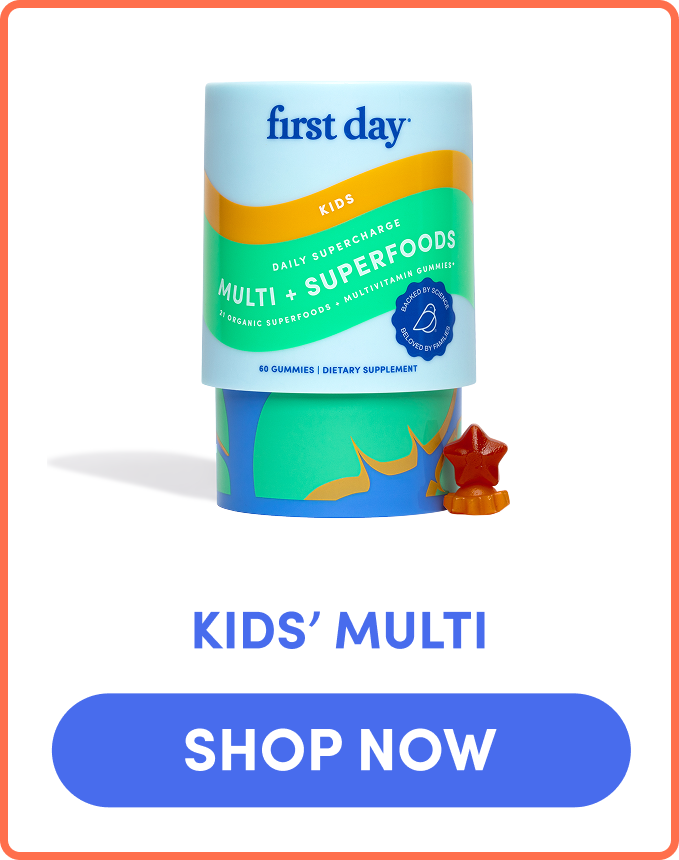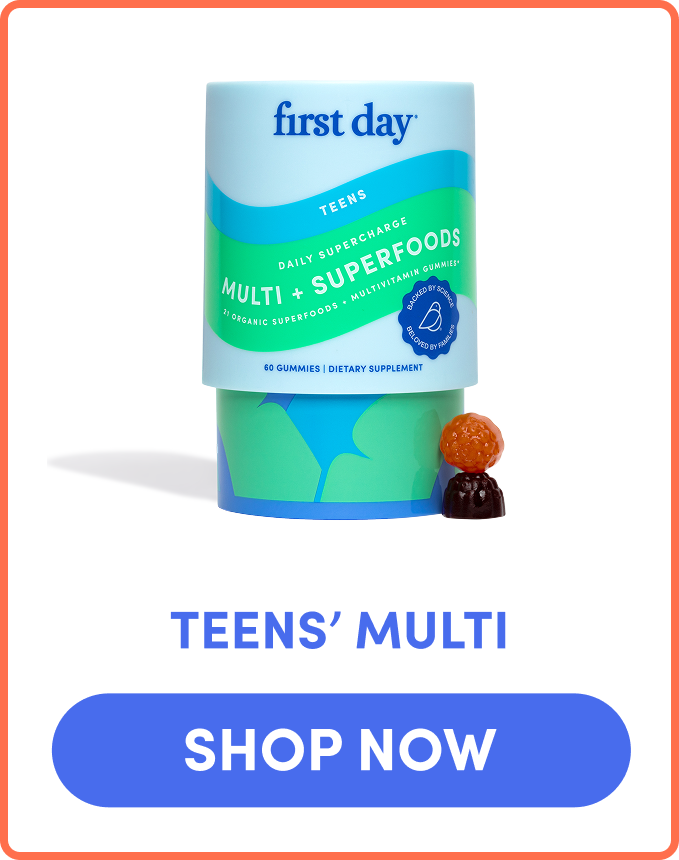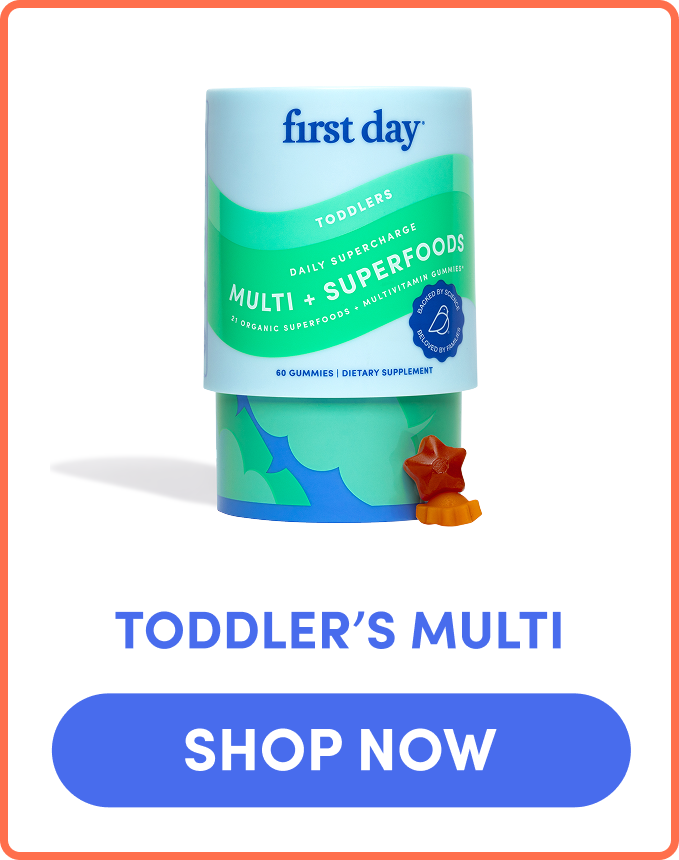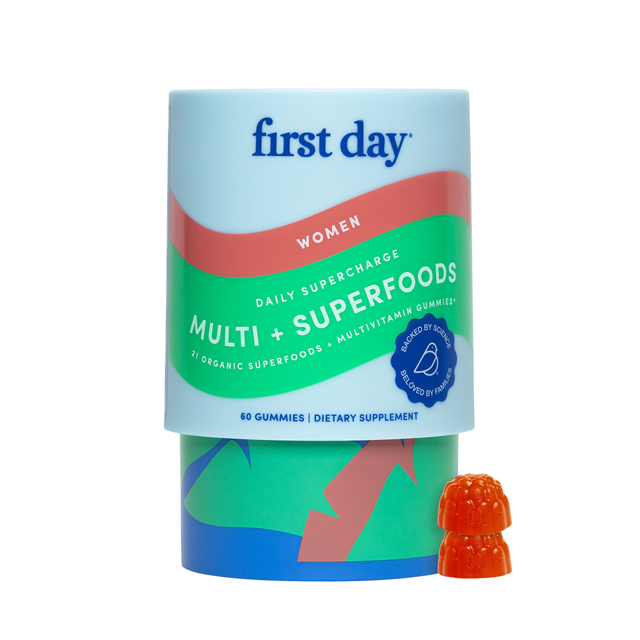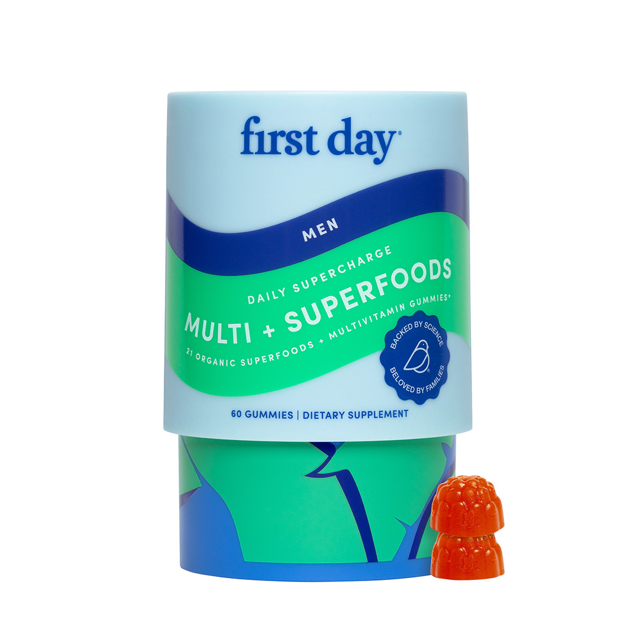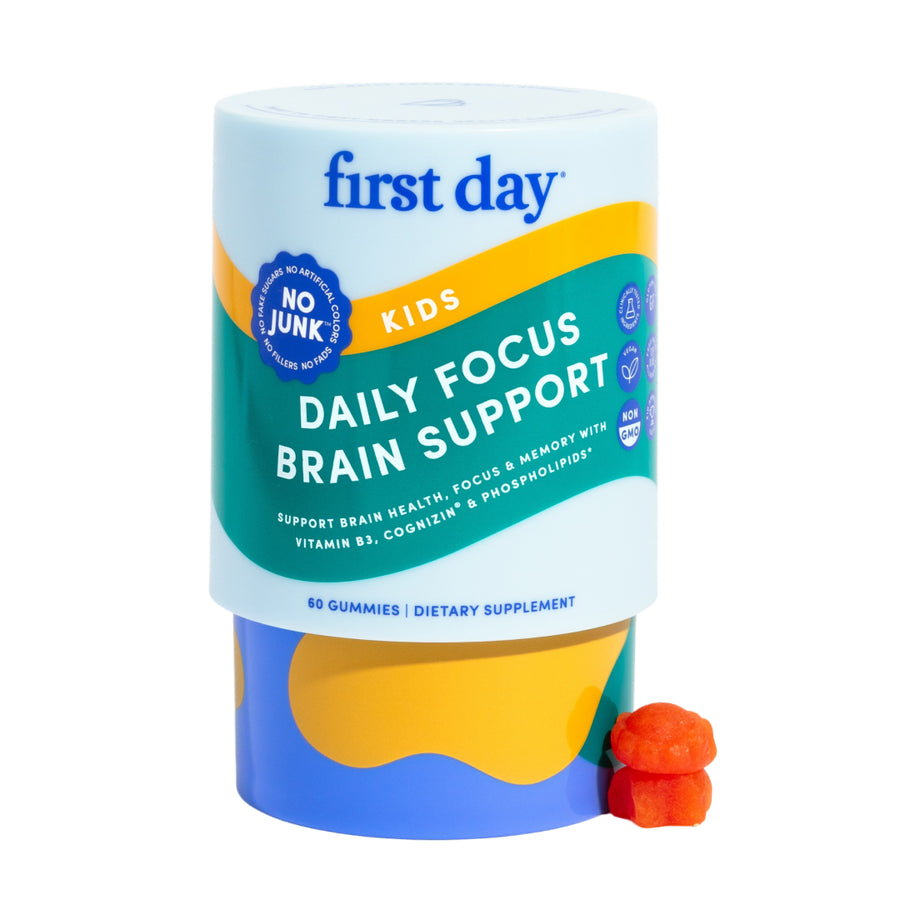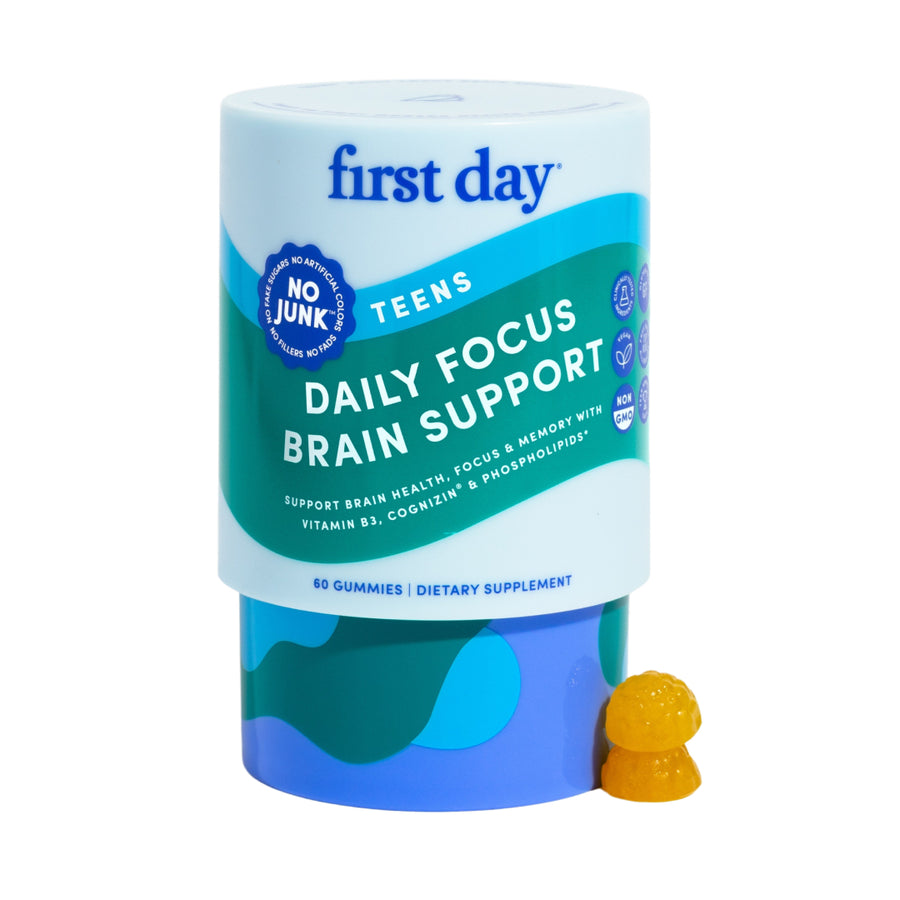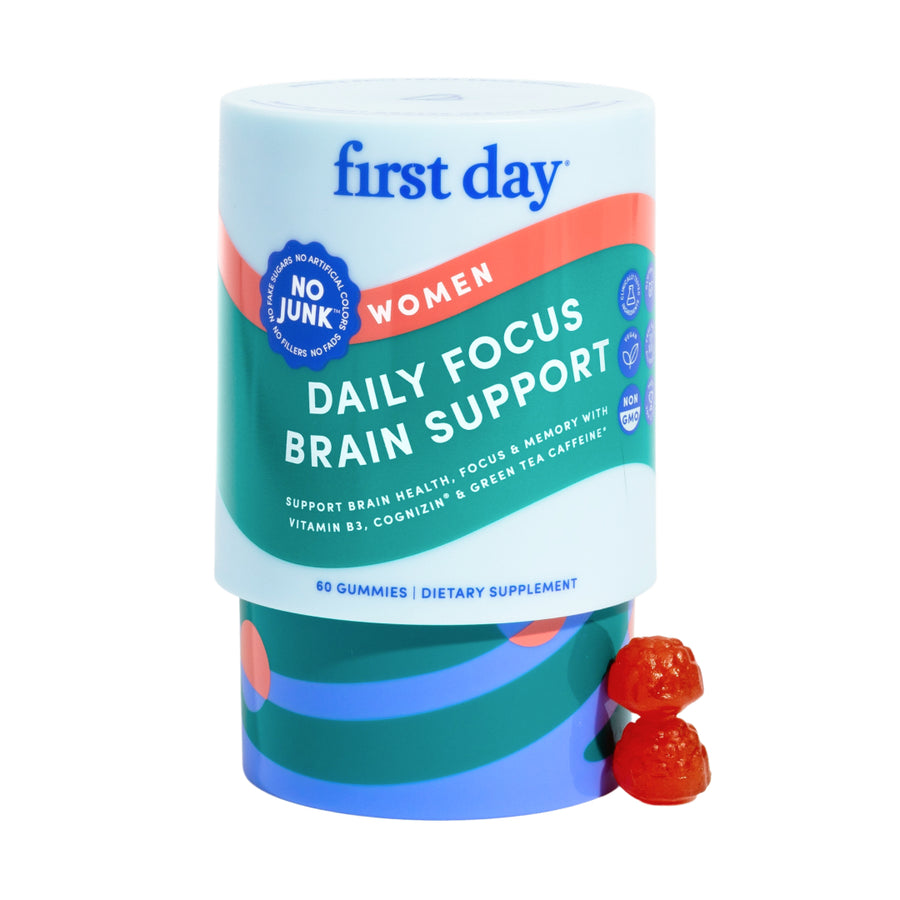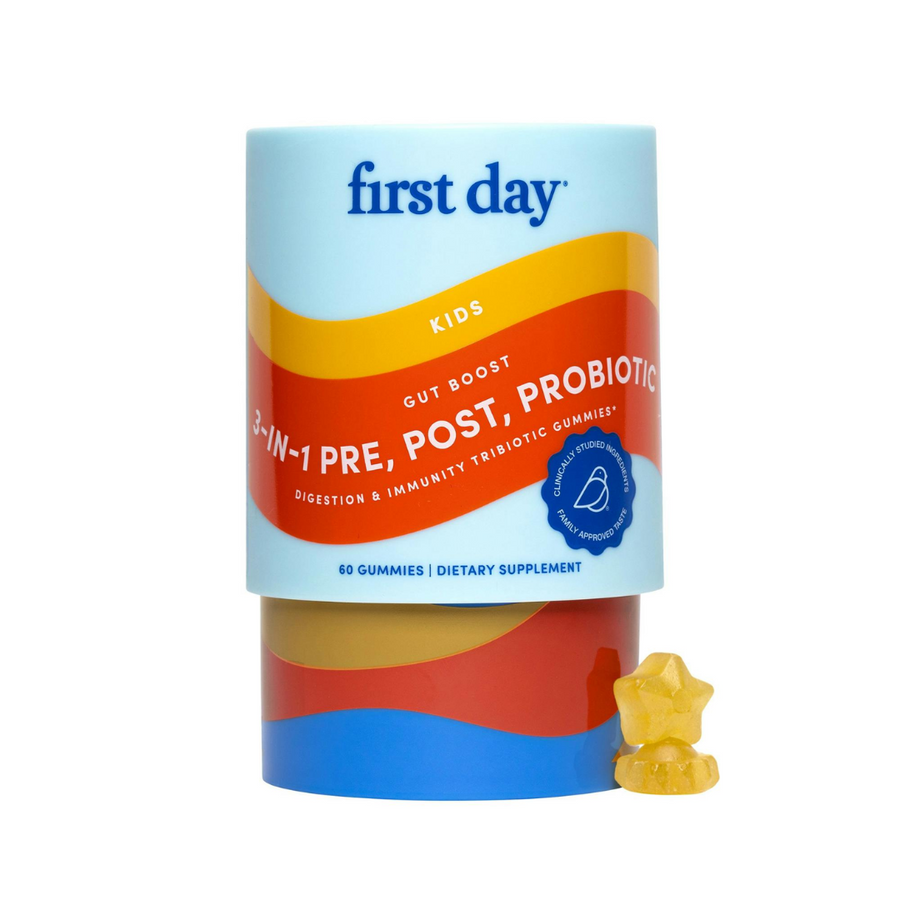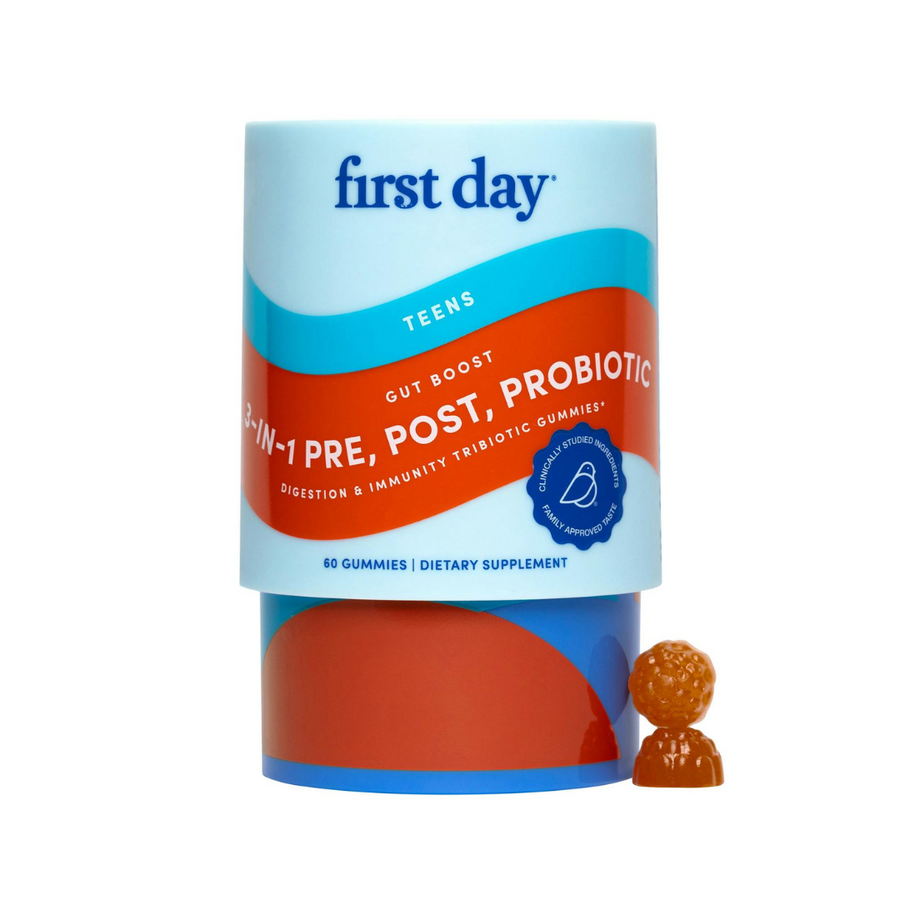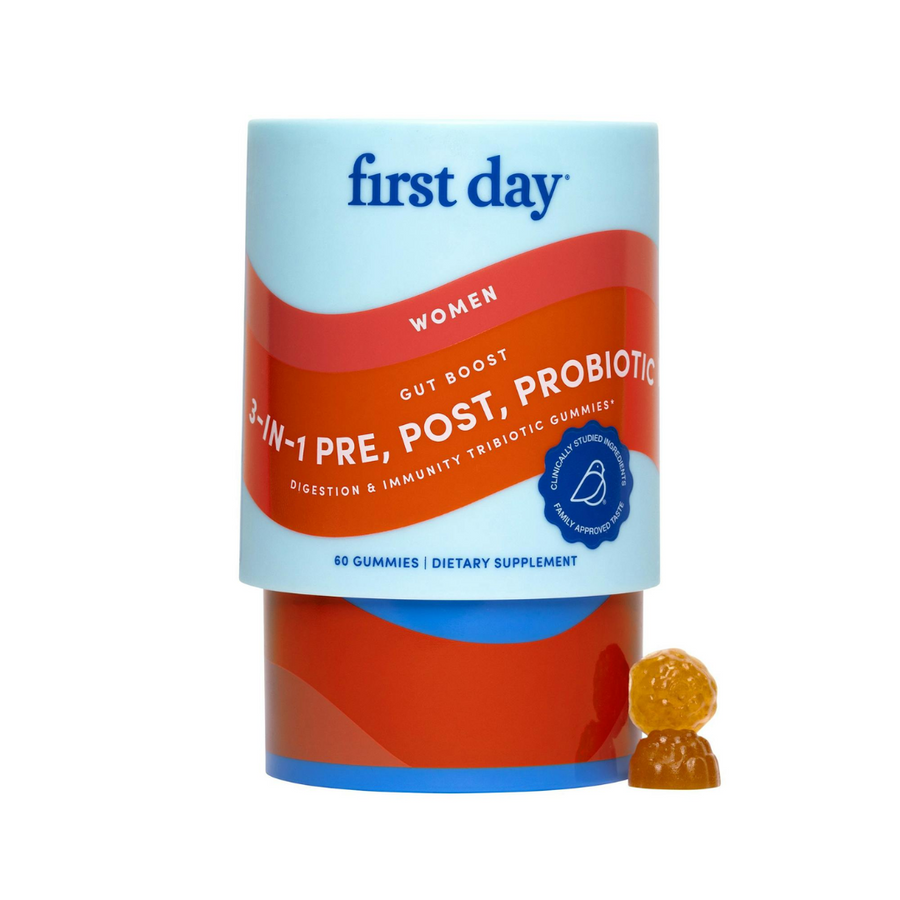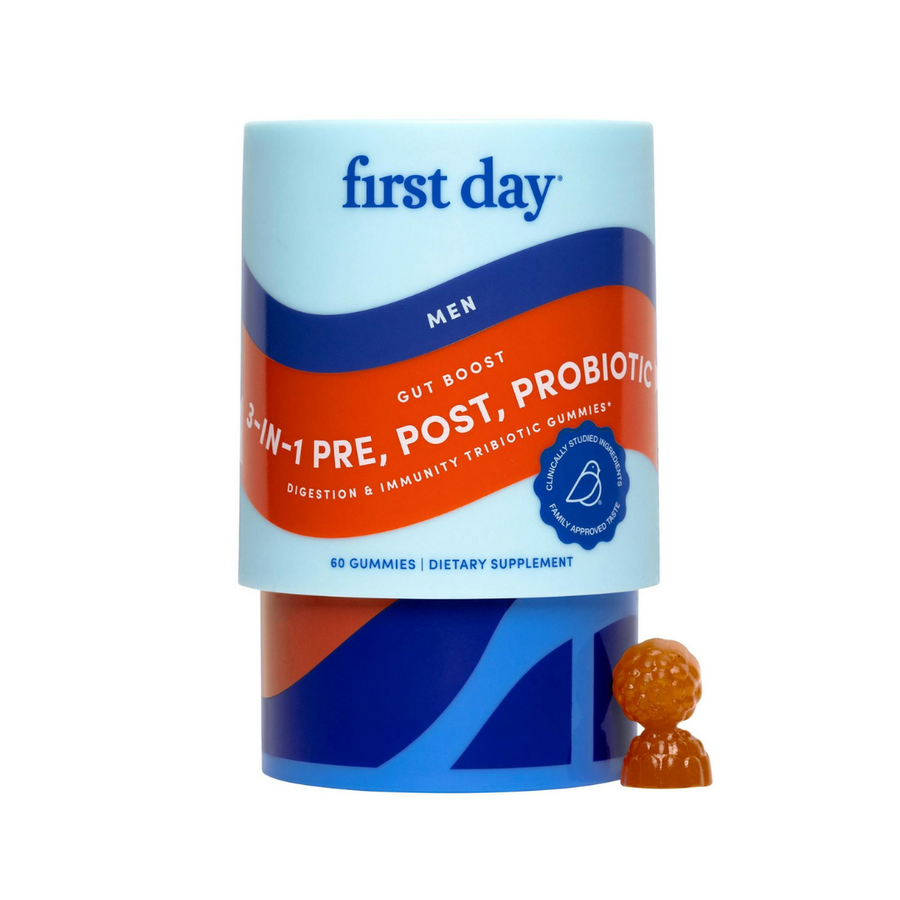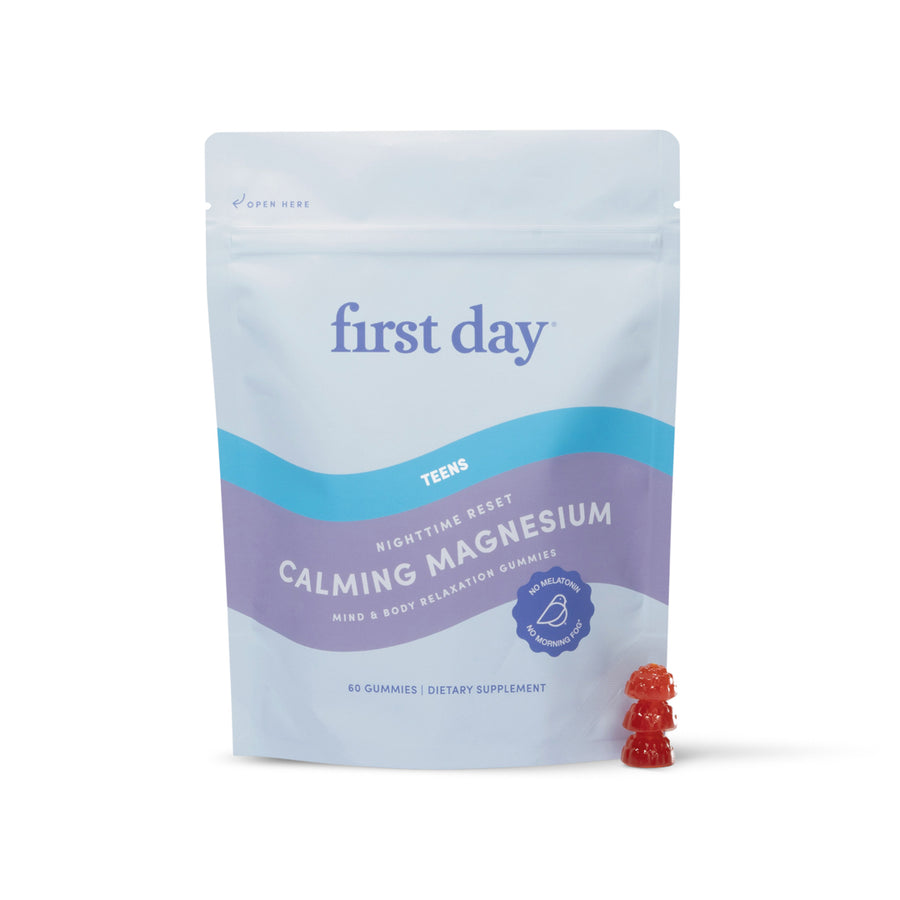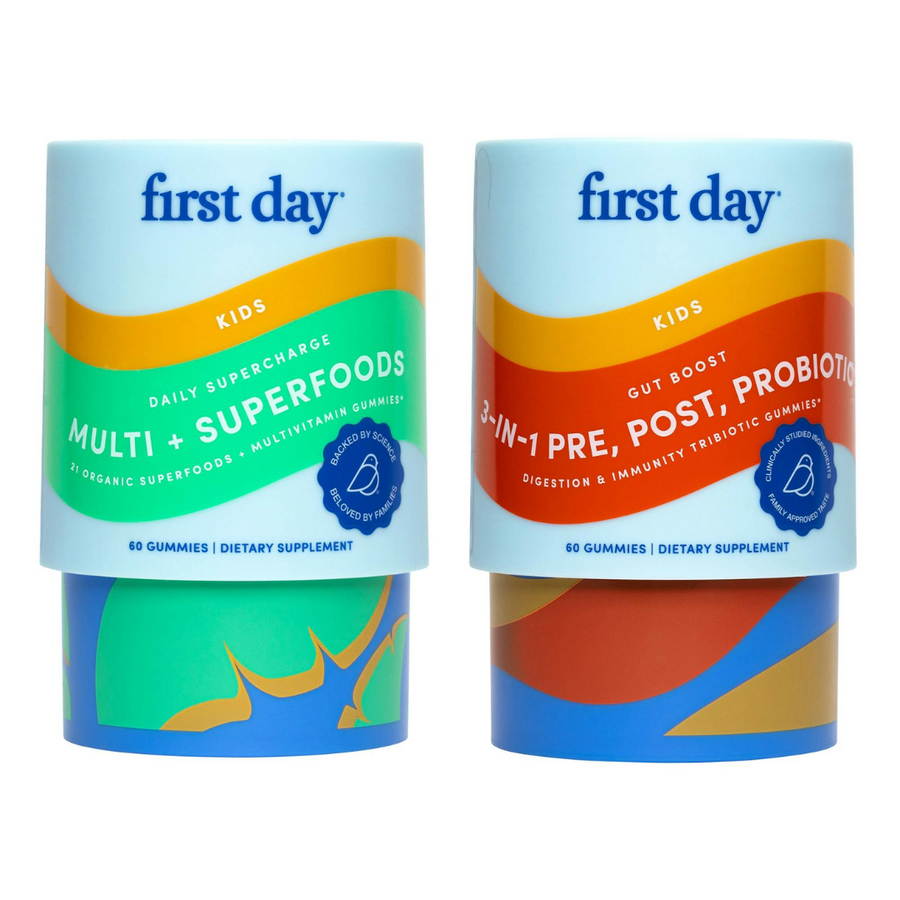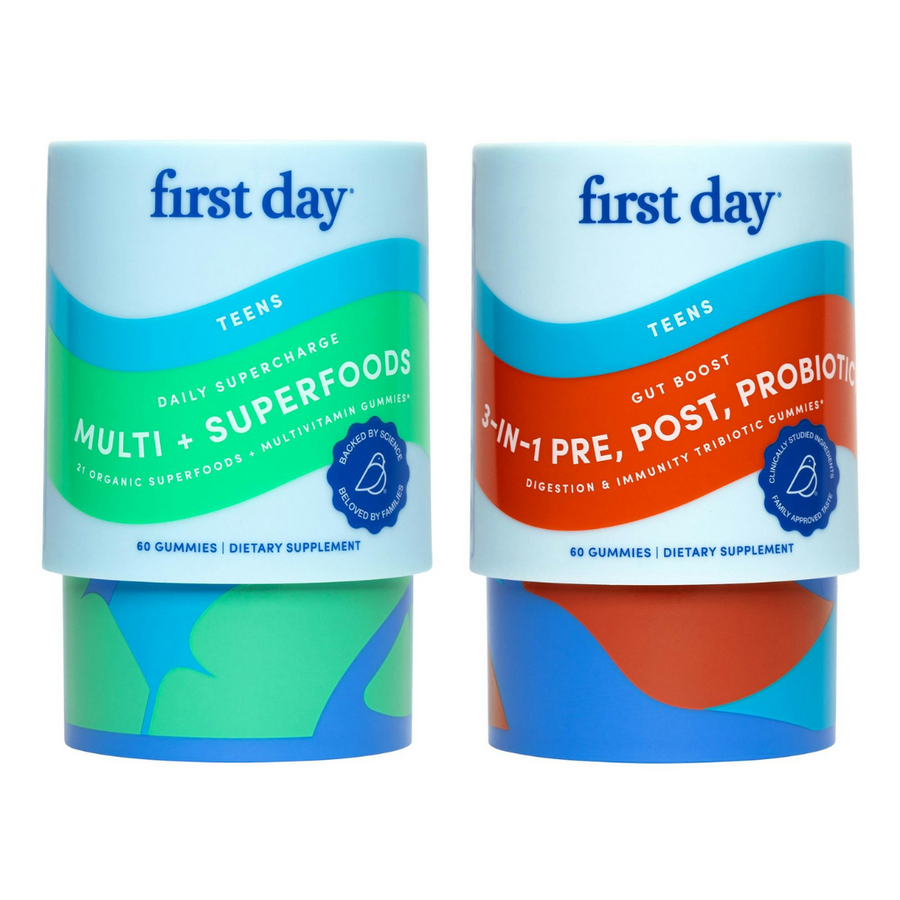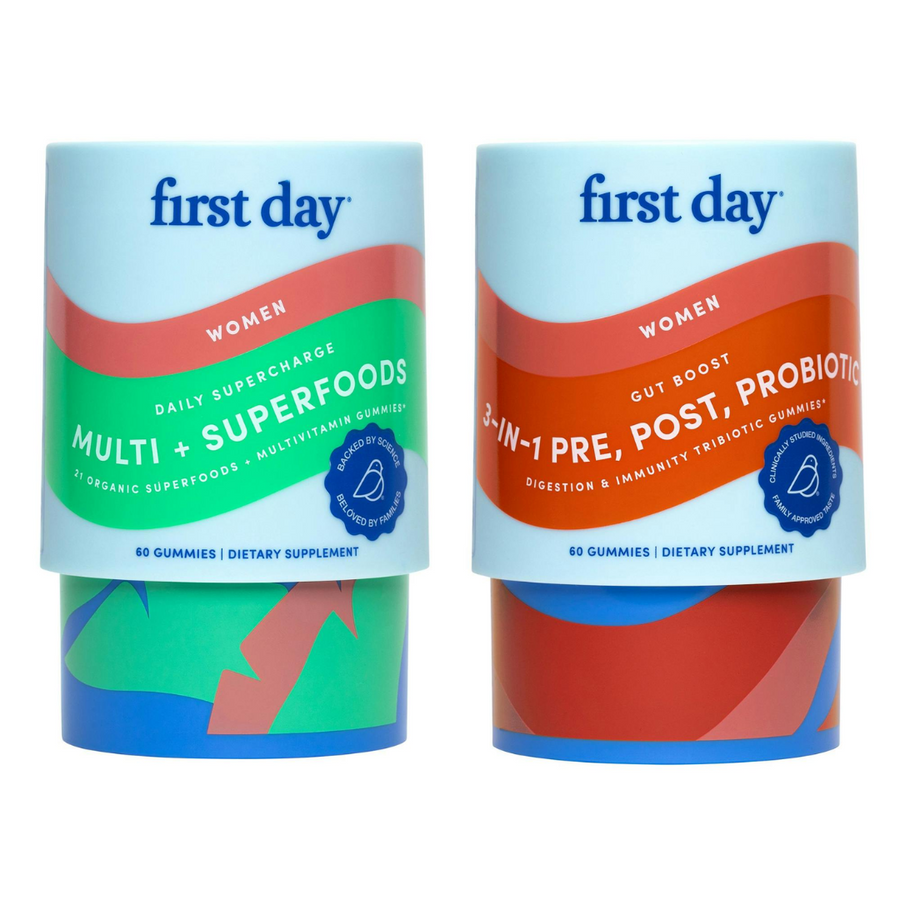Packing a school lunch can feel like a daily puzzle. Some days you’ve got the time, ingredients, and inspiration to get it just right. Other days, you’re pulling together whatever’s in the fridge and hoping it’s enough to keep them going until the final bell.
The truth is, a good lunch doesn’t have to be complicated or Pinterest-perfect - but it does need the right balance. Kids need steady fuel to keep their energy, focus, and mood on track through the afternoon. If lunch is mostly refined carbs or processed snacks, they may feel full in the moment but run out of steam by the time they need it most.
The good news? You can cover most of their nutritional bases with just four key components: lean protein, healthy fats, complex carbs, and colorful fruits and veggies. Include these most days, and you’re setting your child up for a better afternoon - whether that’s staying sharp in class, having the stamina for after-school activities, or just coming home in a good mood.
What a Balanced Lunch Actually Looks Like
A good school lunch doesn’t have to be gourmet or Instagram-perfect – but it should do more than just fill a stomach. The goal is simple: give kids a mix of nutrients that supports steady energy, sharp focus, stable mood, and strong immunity throughout the school day. In practical terms, this means building lunches that include four key components: protein, healthy fats, complex carbs, and fruits/vegetables. Nutritionists sometimes call this a “rainbow plate” – a meal that’s colorful and varied, rather than beige.
Here’s a simple formula that works for most packed lunches:
Lean Protein
Protein helps kids stay full longer and keeps their energy more steady. Think turkey, chicken, eggs, Greek yogurt, beans, or hummus - all simple options that work well in lunchboxes. A hard-boiled egg or a serving of grilled chicken, for example, gives their bodies what they need to grow and their brains what they need to focus. Pairing protein with other foods also helps prevent those afternoon energy crashes.
Healthy fats
Fats aren’t something to avoid - they actually help fuel your child’s brain and keep them full between meals. Try adding avocado slices, a handful of nuts or seeds, peanut or almond butter, or a drizzle of olive oil in a pasta salad or dressing. These healthy fats also help the body absorb key vitamins like A and D. A little goes a long way.
Complex carbs
Carbs give kids the energy to learn, play, and stay active - but not all carbs are the same. Whole grain bread, brown rice, quinoa, or high-fiber crackers offer slow-burning fuel that keeps blood sugar stable. These also bring along fiber and B vitamins that support digestion and focus. Compared to a sugary pastry or white bread, complex carbs help kids stay energized longer.
Fruits and veggies
This is where the “rainbow” comes in. A mix of orange carrots, green snap peas, blueberries, or red bell peppers adds fiber and key nutrients - and makes the lunchbox more appealing. Different colors offer different benefits, so aim for variety across the week. If your child’s picky about vegetables, try pairing them with a dip they like (hummus, guac, or even ranch), or cutting them into fun shapes or bite-size sticks. You can also mix softer veggies into familiar foods — like grated carrots in pasta or chopped spinach in quesadillas. Even if it’s just a few baby carrots or apple slices, that little bit of produce helps fill nutritional gaps. (Tip: pack it near the top of the lunchbox - they’re more likely to eat it when it’s the first thing they see.)
Top it off with a source of calcium like milk, cheese, or yogurt, and you’ve got a well-rounded lunch. It might look like a turkey-avocado sandwich on whole grain bread, a side of carrots and hummus, and a clementine. Nothing fancy - just real food that works.
Easy Lunchbox Combos That Actually Work
Packing a lunch doesn’t have to mean starting from scratch or pulling off Pinterest-level prep. Most of us are scrambling on school mornings – so it needs to be quick and realistic. The good news is, once you get the basic formula (protein + fat + complex carb + produce), there are endless simple combinations you can throw togetherHere are a few realistic combos that hit all the right notes - balanced, colorful, and doable on a weekday morning:
1. Bento-Box Style
-
Sliced turkey roll-ups (protein)
-
Whole grain crackers (complex carbs)
-
Carrot sticks + hummus (veggie + healthy fat)
-
Apple slices (fruit)
-
A few almonds or sunflower seeds (more healthy fats)
2. Snack-Style “Grazing” Box
-
Hard-boiled egg (protein)
-
Whole wheat mini pita (carb)
-
Cucumber rounds + cherry tomatoes (veggies)
-
Small container of full-fat yogurt (fat + protein)
-
Handful of berries (fruit)
3. Warm Thermos Option
-
Leftover brown rice + beans (protein + carb)
-
Steamed broccoli or snap peas on the side
-
Clementine or banana
-
Cheese cubes or avocado slices
And of course - some days, none of this happens. You’re rushing out the door, the fridge is a mess, and the lunch tray wins. That’s OK. Perfection isn’t the goal. Just aiming for better a few days a week adds up.
When the Lunchbox Falls Short (Because Sometimes It Will)
Even with the best intentions, real life doesn’t always leave room for balanced meals. Mornings get hectic. Picky eating phases pop up. Some days, you just have to toss in whatever’s available and hope it gets eaten.
That’s where a high-quality multivitamin can help - not as a replacement for good food, but as a simple way to help fill the inevitable gaps.
Our Multivitamins for Kids, Teens and Toddlers are designed to act like a nutritional safety net. They're made from 21 organic superfoods, without the junky additives found in many standard gummies (no gelatin, no artificial dyes, no fake sugars). Plus, they’re formulated with bioavailable nutrients - meaning they’re actually absorbed and used by the body, not just passed through.
Because even when lunch isn’t perfect (and let’s be honest, it often won’t be), your child still needs those essential vitamins and minerals to support steady energy, focus, growth, and immune health.
And when you zoom out, that’s what really matters - not chasing a perfect lunch every day, but building a rhythm that supports your kid’s body and brain over time. One packed lunch. One small supplement. One consistent habit at a time.

